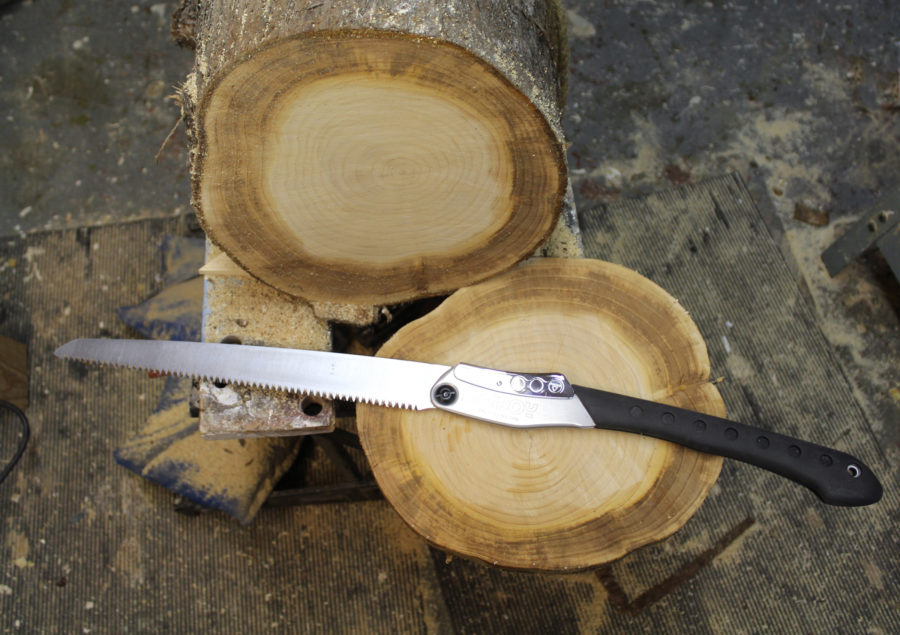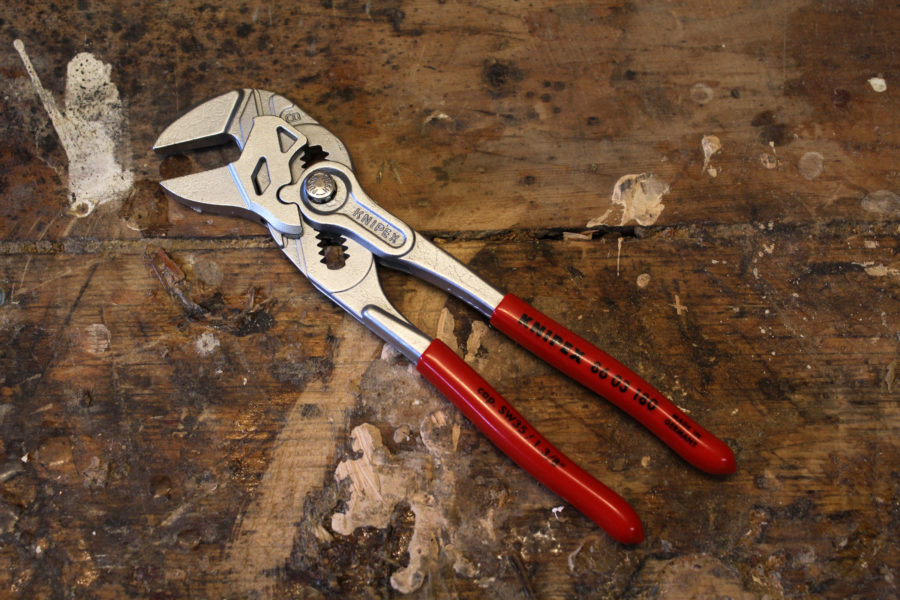The stove takes some tending to keep it going, but small sticks are all that it requires. photographs by the author
photographs by the author
Join The Conversation
We welcome your comments about this article. If you’d like to include a photo or a video with your comment, please email the file or link.
Comments (2)
Leave a Reply
Stay On Course













Most of the camping spots that small boat operators in Puget Sound use are in State Parks, and they forbid the use of any wood found within their boundaries to be used for fires, whether it is found on the beach or in the woods. So, now I carry my own with me in my canoes; I use wood pellets. A 40-pound bag costs about $6.00, and two cups of pellets (11 ounces) used in the same-sized solo stove will burn 40 minutes and costs about 10 cents. I had to make one alteration to my Solo Stove before using the commercial pellets–I installed another screen on top of the original that had 1/4” squares to prevent the pellets from falling through.
Over the winter I cut up smaller limbs from apple, maple, and cedar trees in my yard. I cut them about 1” long, and they are drying presently. Soon I will have time to run a test burn to see how my pellets compare with the commercial products.
I am a cabinet maker and I have found that any one of the three bandsaws in our shop transforms finger-sized sticks, that you or the dog find in the woods, into wonderful firewood. As we have all found, cutting small sticks with a chainsaw is a bit dicey.